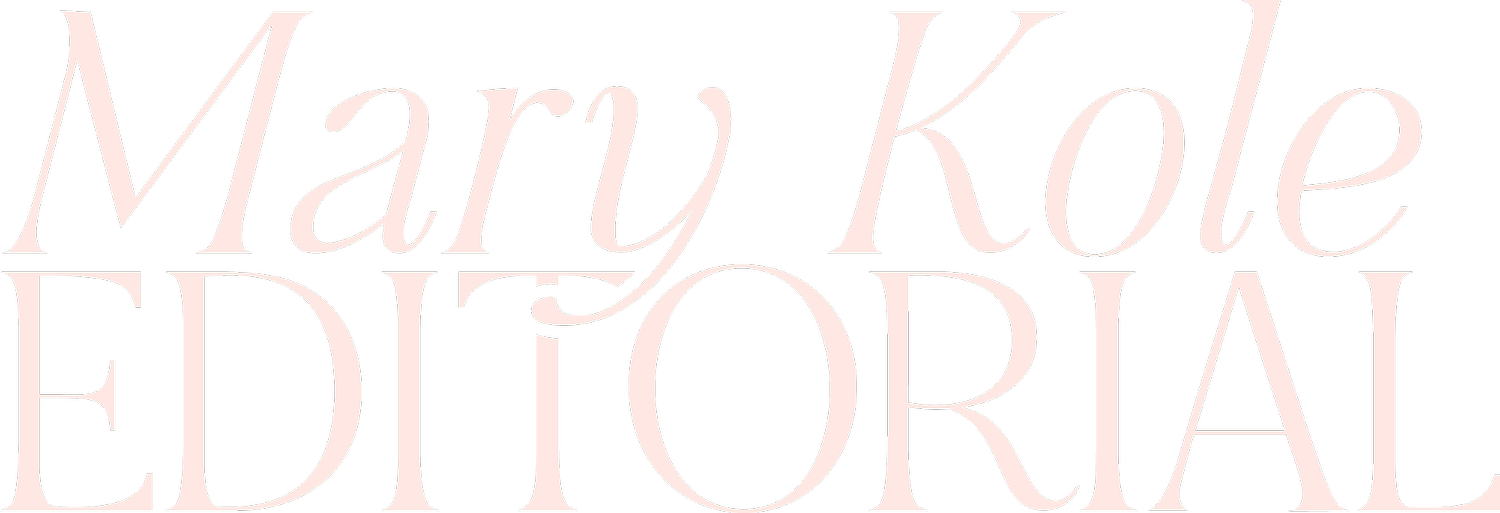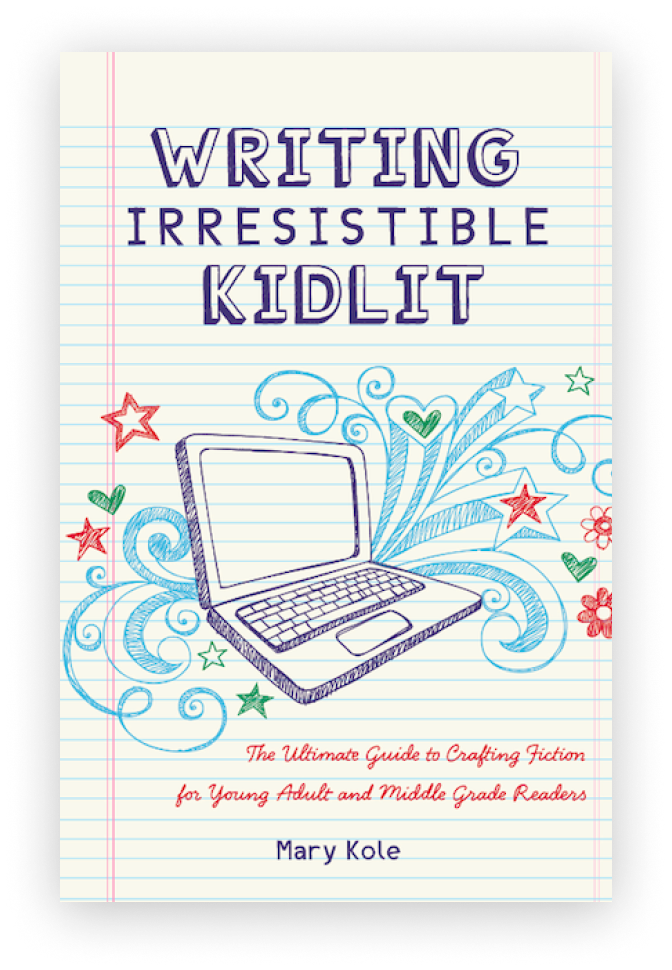What Is a Book Trope?
By Mary Kole
Mary Kole is a former literary agent, freelance editor, writing teacher, author of Writing Irresistible Kidlit, and IP developer for major publishers, with over a decade in the publishing industry.
Aspiring writers often dive into their craft without fully understanding the concept of a book trope, or how to use one (or multiple book tropes). What is a book trope and why does it matter? Simply put, a book trope is a type of plot or character that appears frequently across various book genres. Knowing what trope to use and how to use it can make or break your manuscript and affect your readers' engagement. If you want to make readers care and tell a compelling story, you need to be aware of the book trope trend, and how it can affect your writing and target audience. In this article, I’ll explore the meaning of a book trope, offer a list of common book tropes, discuss how to differentiate them based on various book genres, and how to make them unique.
What Is a Book Trope?
Before diving into the different types of book tropes, let's have a quick rundown of what a book trope is and why this idea matters. Book tropes serve as a guidepost for readers, helping them navigate and interpret the plot, characters, and themes. They provide a sense of familiarity and comfort, as target audiences know what to expect and can easily identify with the storyline. Think of them as ingredients in a recipe that, when combined with other storytelling craft elements, create a unique and memorable dish that, ideally, pleases your readers' palate.
A Book Trope List
Now, let's examine some of the most common book tropes across various genres:
Love Triangle
Often seen in romance and young adult novels, a love triangle involves a protagonist who is torn between two romantic interests.
the chosen one
This trope is most common in the fantasy and science fiction genres, where the protagonist is believed to have special powers or destiny to save the world.
coming of age
Popular in middle grade and young adult novels, this book trope explores the character's journey from adolescence to adulthood, often involving themes of self-discovery and identity. A coming-of-age dynamic can exist in literary fiction and adult novels as well, not just children’s books.
rags to riches
This trope involves a protagonist who starts from humble beginnings and eventually becomes successful or wealthy, though there is often tension in the character arc surrounding this element of their backstory.
villain redemption
This trope flips the script on an antagonist character arc, showing their journey towards redemption and personal growth. This can make for an interesting wrinkle in stories that have a traditional villain.
Of course, these are just a few examples, and there are countless other tropes that exist across multiple book genres. The important thing is to know what trope you want to use and why it benefits your story. Don’t just throw a bunch of book tropes into your storytelling to try and write to market. Whatever you include has to make sense and be intentional.
Writing a Book Trope But Making It Fresh
So, how do you make your chosen book trope unique and fresh? Here are some tips:
subvert expectations
Rather than following the typical book trope script, play with target audience expectations and twist the story in an unexpected way. For example, you will not end your romance novel with a happy ever after, but a happy for now. Or your chosen one character is a basement-dwelling loser who does not respond to the hero’s journey call to action.
combine tropes
Mix and match different tropes to create a wholly unique and exciting storyline that is entirely your own.
know your genre
Different genres have different rules and expectations. Knowing your genre's conventions can help you find new ways to make your trope stand out.
be intentional
Don't simply use a trope for the sake of it. Understand why you want to use it, what it brings to the story, and how it will benefit your readers.
In conclusion, using a book trope or two is an essential aspect of storytelling. They allow readers to connect with the narrative and provide a familiar framework for the plot and characters. However, it's crucial to be intentional and thoughtful when selecting and utilizing tropes in your writing. Understand your chosen genre's conventions, be creative in subverting or combining tropes, and always prioritize your readers' enjoyment. With these tips, you'll be able to use a book trope to create unique, compelling, and marketable books that stand out in a sea of similar stories.

Click here to purchase Writing Irresistible Kidlit, my book on fiction craft for MG and YA novels, out from Writer's Digest Books. This will show you my writing craft philosophy and give you lots of valuable advice, including tips for the novel revision process and self-editing. There are over 35 example novels cited and discussed throughout. It’s a valuable resource for any writer’s toolkit.
Click here to purchase Irresistible Query Letters, my book on query letters, including over forty examples with comprehensive notes on each one. There’s a ton of submission advice, best practices, and insider information in these pages, and you’ll really enjoy seeing what other writers are doing in the slush.
Click here to purchase Writing Interiority: Crafting Irresistible Characters, my book on interiority and character creation. Explore your protagonist’s thoughts, feelings, reactions and interpretations, expectations, and inner struggles to create a rich, immersive experience. This guide will empower you to create characters who live and breathe on the page, fostering an unbreakable bond with your audience.





